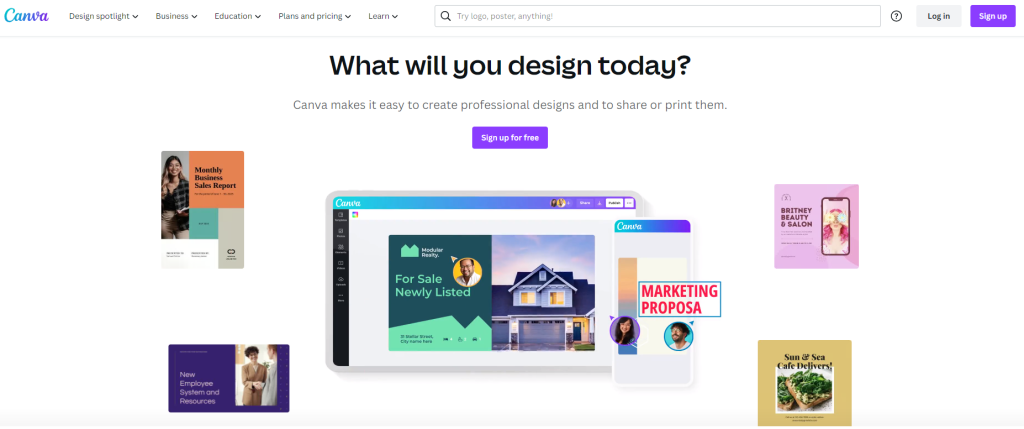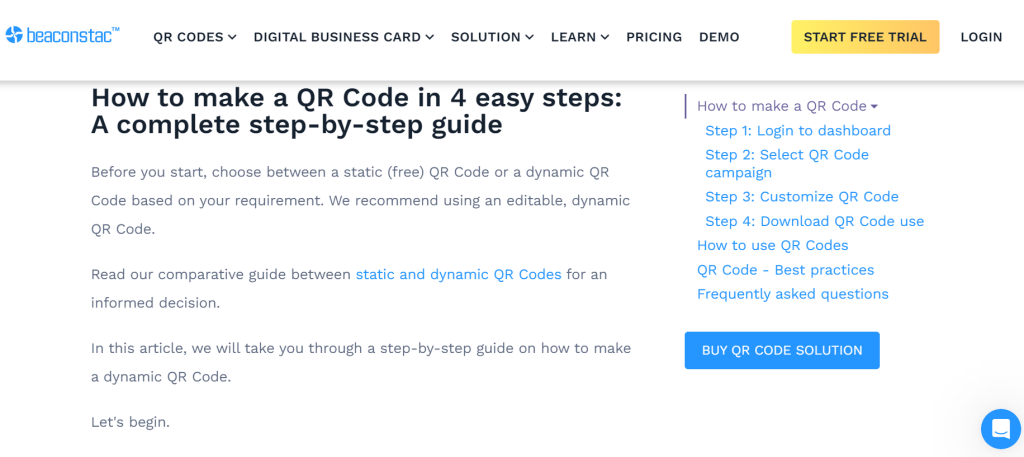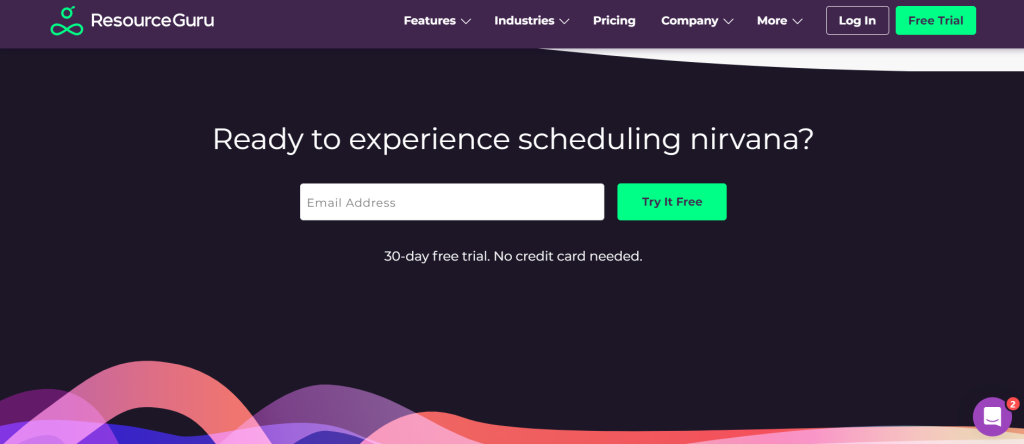Coaxing the modern customer into hitting that all-important “Sign Up” or “Subscribe Now” requires an intricate blend of strategy, persuasion, and finesse. Gone are the days when catchy sales spiels and glittering advertisements could draw in the necessary attention and revenue to keep a SaaS startup afloat. Today’s consumers are savvier than ever, armed with a wealth of information at their fingertips and a healthy dose of skepticism to boot.
That’s why more and more SaaS startups are turning to product-led growth strategies to augment their sales efforts and drive long-term, sustainable success. By making product usage the foundation of decision-making, SaaS companies can create an unparalleled customer experience that leads to increased retention and higher growth rates.
In this blog, we’ll dive deep into the nitty-gritty of product-led growth and show you how to craft a winning strategy that’ll take your SaaS startup to new heights.
What You Need to Know About Product-Led Growth?
Before we dive into the nuts and bolts of creating a winning product-led growth strategy, let’s take a quick look at what product-led growth is all about.
Product-led growth (PLG) is an end-user focussed approach that places the product at the center of all growth efforts, stealing the spotlight away from traditional sales and marketing tactics. Within the PLG environment, your product is your primary vehicle for acquiring, engaging, and retaining customers, and its success relies heavily on the quality of the customer experience it offers. A customer service virtual assistant can be handy to manage all the tasks to improve customer experience.
The goal here is to provide a seamless and intuitive user experience that empowers customers to explore and derive value from the product without extensive hand-holding. This creates a natural inclination towards product adoption and advocacy while generating a steady pipeline of word-of-mouth referrals.
This product-led movement has gained tremendous traction in recent years and is particularly effective in SaaS and other technology-driven industries, where customers expect hands-on experience with the product before committing to a purchase.
In fact, a recent study revealed that a significant majority of B2B SaaS companies, precisely 58% of those surveyed, have already implemented a product-led growth strategy.
Among those companies that have embraced PLG, an impressive 91% intend to further increase their investments. These numbers indicate a clear, growing trend toward product-led growth and should serve as a signal for SaaS companies that have yet to reap the benefits of PLG.
Putting Together a Winning Product-led Growth Strategy
Now that we’ve cracked the basics of product-led growth let’s dive into what it takes to build a rock-solid PLG strategy.
A word of caution before we move on, though: there is no fixed PLG template or formula that fits all scenarios. The effectiveness of your strategy will depend on the needs and preferences of your particular customer base.
That said, the product-led growth strategy does have some core principles that will help fortify your PLG aspirations and guide you along the path to success:
Prioritize End User-Centric Design
Pretty pixels and flashy animations are all well and good, but PLG requires a level of focus deeper than the surface of aesthetics. Therefore, you’ll need to go the extra mile to craft a product experience that exudes user-centric design. Get inside their heads, decipher their desires, and mold your product experience to their every whim.
This is where the wheat separates from the chaff. Your product might be the most innovative thing since sliced bread, but if you can’t guide users through the labyrinth of its features with finesse, you’ll never be able to achieve product-led growth success.
Start by identifying your ideal customer’s pain points and needs, then create a user experience that packs those requirements into an intuitive package. This involves creating a smooth onboarding experience, simplifying complex processes, and providing helpful in-app support options.
Lastly, give them a reason to boast about your product to their friends, to share their success stories, and show off the value they’re getting from your product.
To make it as a successful product-led growth company, you’ll need to tick all those boxes, much like how Canva has done.
In the dark ages before Canva, creating a simple social media graphic often meant begging a designer on your team or attempting to decipher the complexities of Adobe’s creative suite.
But with Canva, onboarding is a breeze. They offer various pre-designed templates for every imaginable use case, ensuring users can hit the ground running with minimal effort. From the very first interaction, you can sense that Canva has been designed with your needs in mind. It empowers even the most inexperienced designers to create visually stunning masterpieces effortlessly.
Create a Self-Serve Buying Experience
The traditional SAAS sales cycle usually involves long lead times, multiple touchpoints, and relentless follow-ups, even if you’re ready to buy the product off the shelf without any customizations or extra features.
Product-led growth companies are changing this game by establishing a self-serve buying experience that puts the customer in full control of their buying journey. That means providing comprehensive product documentation, FAQs, and support resources that allow customers to understand the product inside and out before making a purchase.
Beaconstac is one such company that has created a seamless self-serve buying experience by going the extra mile to provide its customers with the necessary resources to make an informed decision. From detailed how-tos to product comparisons with competitors to use cases, Beaconstac has created an abundant library of self-learning content that covers every aspect of its product and helps customers engage with the product on their own terms.
By following Beaconstac’s lead and providing a buying experience that’s easy to initiate and complete, you can expect a far greater degree of success from your product-led growth strategy.
One last thing: in order for the customer’s buying experience to go smoothly, don’t forget to design a checkout page that lowers friction and increases conversion. You should require minimal information, show all of the costs – subscription, add-ons, taxes – upfront, and provide different payment options.
Deliver Value Before You Capture Value
At the heart of a successful product-led strategy lies an unwavering commitment to delivering value without any strings attached. For far too long, the software industry has relied on fleeting, transactional relationships where customers typically had to cough up their hard-earned cash before experiencing the true might of the products they sought.
In stark contrast, product-led growth companies deliver tangible benefits from the very first interaction. Rather than pulling out all the stops to extract as much money from users as possible, product-led growth companies let you test-drive the product before thrusting a payment demand upon you.
And by allowing customers to experience firsthand the transformative capabilities of their product, these companies foster an unbreakable bond of trust and loyalty. They shatter the shackles of transactional relationships, replacing them with genuine partnerships grounded in shared success.
Paperbell’s freemium model is an excellent example of this. They understand that true value cannot be conveyed through a mere sales pitch. Instead, the company offers a free account with no credit card required, granting access to every feature their software offers.
Paperbell allows you to explore and utilize their platform without any limitations or time constraints through your first client, enabling you to fully comprehend the boundless potential of their product before even considering a subscription.
Offering free trials is another way you can deliver value before capturing it. Most software companies are willing to give you a free trial period as an invitation to experience the product for yourself. Resource Guru, for example, provides a 30-day trial that allows you to delve deep into the functionalities of their resource management software for agencies and internal teams. You get to navigate the nitty-gritty details, test out various features in your agency’s workflow, and genuinely understand the utility of their offering—all before making a single financial commitment.
The company’s website boasts helpful tutorials and an onboarding flow that guides you through the product features, allowing users to get up to speed quickly. On top of that, they also offer extensive blog content detailing the various ways you can optimize the software to its full potential, like this one showing all agencies the paths to fatter profits and happier clients with ResourceGuru’s resource management tool.
By providing a taste of what’s possible, these product-led growth champions fuel the desire within customers to seek more to embrace the full potential of their offering. They know that when customers are empowered to experience the product, only then can they truly appreciate its worth. And when that happens, the uptake of paid subscriptions skyrockets, and success becomes an inevitable companion.
Chart Your Course with a Clear Project Scope
Working without a well-defined project scope is akin to navigating a ship without a compass or a map. You’d be adrift, at the mercy of unpredictable winds and waves, with no idea where you are or where you’re heading.
The same logic applies to product-led growth initiatives. Your grandiose product-led domination plans will crumble like a house of cards if you don’t have a concrete action plan with clear objectives, milestones, and expected outcomes.
Before you charge ahead on your product-led journey, take a moment to dive deep into the ocean of behavioral data and customer feedback available at your disposal. Explore the depths of user interactions, uncover hidden patterns, and unearth the untapped treasures of opportunity that lie beneath the surface.
Armed with these invaluable insights, you can now sculpt a project scope that harmonizes with your customers’ needs and is a guiding force throughout each product iteration. Take a page from 7shifts’ playbook, which serves as an excellent example of narrowing down your project’s scope.
Through behavioral analytics, they identified that their highly engaged users had no purchasing power and could not access certain features. These highly devoted users, hungry for more, were unknowingly denied access to the full power of their product. Recognizing the potential of this insight, they quickly added it to their project scope and worked to provide full access to those loyal users.
This example also highlights the importance of maintaining a structured yet flexible course of action. With the ever-changing user landscape, you’ll have to continually reassess and revise your project scope to accommodate their changing needs.
On the other hand, one way of implementing a product-led growth strategy is to consider an automation project. That can be done by focusing on leveraging automation to enhance the product experience, drive user adoption, and scale customer acquisition and retention efforts.
Enable Virality and Advocacy
Create your product in a way that naturally encourages users to spread the word and invite others into the fold. Empower your users to become evangelists for your product. Implement referral programs, incentives, and sharing features that make it easy for them to spread the word to their networks.
To better understand how to unlock virality and advocacy, you can draw inspiration from Airtable. Rather than settling for a single sign-up, Airtable ingeniously facilitates its product’s viral spread within the user’s organization by prompting them to add team members immediately after creating the account.
Before you know it, Airtable has gone from an unknown entity in the corner of the user’s workspace to a highly visible platform everyone in the organization is discussing. If your product’s inherent product features don’t lend themselves to virality, you can always supplement it with a referral program or incentivized sharing.
By creating an environment that nurtures advocacy, you can expect to witness a secondary wave of growth as more and more users become part of your product-led startup’s success story.
Get Everyone on the Same Wavelength
You can’t expect to become a product-led powerhouse if your teams aren’t rowing in the same direction. Everyone needs to be working off of the same playbook, with each member in sync on the company’s product-led growth goals. That means every team involved in the digital frontline—marketing maestros, customer success champs, data-crunching analysts, the whole shebang—must work in concert to provide a pristine customer journey with the product at its nucleus.
To hit that harmonious note, here are a few tips to help you ignite your collaborative spirit:
- Amp up your document management game. Leave no room for confusion. Implement a solid document management system that will serve as your holy grail, providing a single source of truth for all. This way, every team can access the same pieces of information, eliminating any chances of miscommunication.
- Establish a customer-centric culture. Let the customer drive the decisions, not just be a passive participant in your journey. Everyone involved should keep their eyes glued to the customer’s experience and prioritize tactics that enrich it.
- Embrace cross-functional collaboration. Unite regularly in meetings and brainstorming sessions, bringing together diverse perspectives to discuss customer feedback and hatch brilliant ideas. Breaking down silos and tapping into everyone’s collective intelligence will drive your product-led growth efforts to the next level.
Supercharge Your SaaS Startup with Product-Led Growth
Making the leap from startup to sustainable success isn’t easy, but the right product-led growth strategy can put you on the fast track to achieving your goals. By placing the user experience front and center and unleashing the potential of your product, you can catapult your SaaS business toward long-term viability. So, harness the power of product-led growth, delight your users, and watch your business soar to new heights of success.







